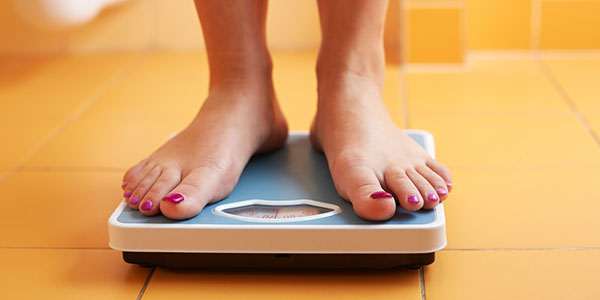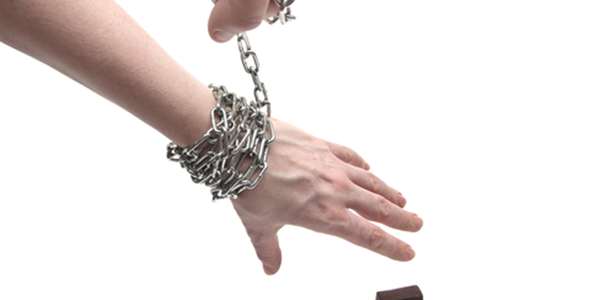How to Slim Down at Any Age
View as one page

Your 30s
"Women generally tend to lose about 1 percent of their muscle mass each year starting around age 30,” explains Riva Rahl, MD, medical director of the Cooper Wellness Program in Dallas. “That gradually slows your metabolism.” And because about three-quarters of women in their 30s have had at least one child, you may be juggling young children as well as a career.
Translation: You barely have a free moment to brush your teeth, much less focus on getting to the gym regularly. Happily, though, you can fight back—and win.
View as one page
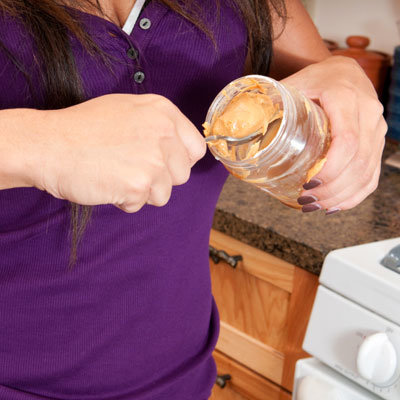
Your 30s: Pick protein
Because strength training is crucial for keeping your metabolism humming this decade (it’ll help you hang on to that lean, calorie-burning muscle mass), you need to get enough protein to fuel your muscles. Plus, protein will help ward off hunger and even boost your metabolism, says Jim White, RD, a spokesman for the American Dietetic Association. So work a little in at every meal and snack—have some yogurt, a tablespoon of peanut butter, or some low-fat cheese.
View as one page

Your 30s: Be dairy-happy
Calcium is very important now, because the bone loss that starts during this decade will only continue over time. Plus, research suggests that incorporating calcium-rich dairy into your diet can help you burn more fat. Aim for 1,000 daily milligrams of calcium—and spread it out, because your body can only absorb 500 milligrams at a time, Dr. Rahl says.
View as one page

Your 30s: Get intense
What 30-something woman has an hour to spend at the gym? No worries. To get the most bang for your time-starved buck, try interval training—alternating short bursts of high-intensity exercise with short recovery periods. Women who did intervals for 20 minutes crushed three times as much fat as those who worked steadily for 40 minutes, a study from the University of New South Wales found. Try it on the treadmill or elliptical, or during your morning walk.
View as one page
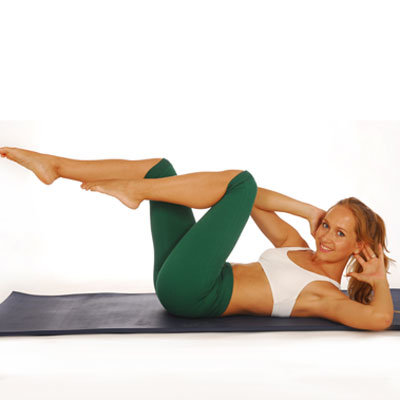
Your 30s: Strengthen your core
The average woman is 25 when she first gives birth, so by your 30s, you may be recovering from at least one pregnancy. Use some basic Pilates moves to help pull everything back in—research has shown that they’re more effective at working your tummy muscles than crunches. Try the Roll-Up, the Criss-Cross, and the Teaser.
View as one page

Your 40s
By age 40, you’ve lost up to 10 percent of your muscle mass—and, thus, may be burning about 100 fewer daily calories than you were 10 years ago. Plus, you’re approaching perimenopause (if you haven’t hit it already), which tends to spell trouble for your midsection. “This decade is when a lot of weight goes toward the abdomen, hips, and thighs,” White says. Here’s how to keep your dress size stable.
View as one page
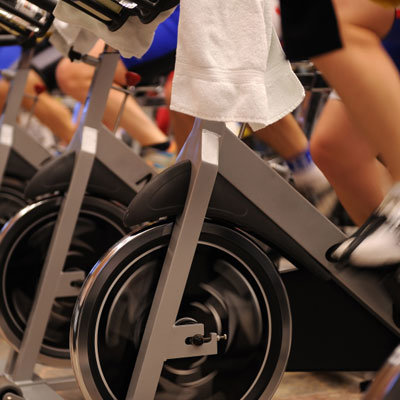
Your 40s: Kick up workouts
A slowing metabolism begins to make it even harder to ditch extra pounds, so you’re going to have to take your workout up a notch and make sure you do some full-body strength training two to three times per week, says celeb trainer Kathy Kaehler, author of Fit and Sexy for Life.
Do vigorous cardio, such as a Spinning class, for at least 40 minutes most days each week. You’ll burn mega calories, and your metabolism will get a boost for up to 19 hours afterward, a University of Alabama at Birmingham study suggests.
View as one page
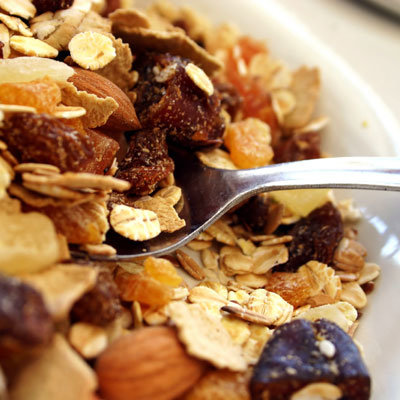
Your 40s: Think whole
With less wiggle room in your daily calories, you have an increasingly smaller margin of error. Fight back by eating whole-grain foods, like brown rice and whole-grain cereal, that fill you up without adding tons of calories, says Bonnie Taub-Dix, RD, author of Read It Before You Eat It.
View as one page
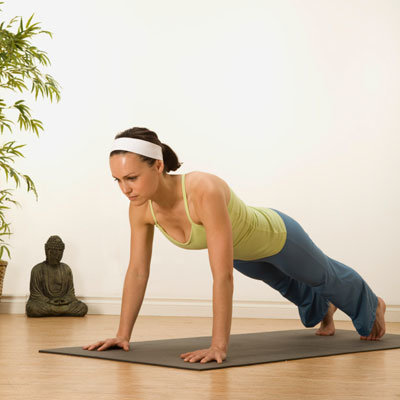
Your 40s: Whittle your middle
"Since abs, hips, and thighs are common problem areas in your 40s, tone all three with the jump-squat move,” White says.
Lower into a squat, then put hands down in front of you. Kick feet back to get into push-up position, then jump feet back in and return to a squat. Jump as high as you can from squat position. Do three sets of 15 reps daily.
View as one page

Your 50s+
This is a decade of transition: You’re going through perimenopause or menopause and battling a sluggish metabolism, too. The scale can creep up—if you let it. “The reality is that many women do gain weight in their 50s, but that doesn’t have to be the case,” Brown says. No need to bid your sleek stomach good-bye—you just have to work a little harder to keep it.
View as one page

Your 50s+: Aim for volume
Now that you’re burning about 200 fewer daily calories than you did at 30, you may need to cut portion sizes and snack strategically. Also, munch on foods that contain lots of fiber and water—like air-popped popcorn and whole fruit—so you can fill up on fewer calories.
View as one page
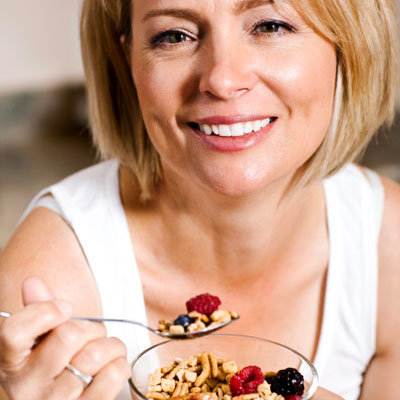
Your 50s+: Think fiber
High-fiber foods like whole grains and beans, “speed up overall digestion and keep blood sugar levels steady, because fiber takes longer to digest,” says Marissa Lippert, RD, author of The Cheater’s Diet. “You don’t get hungry as quickly.”
View as one page
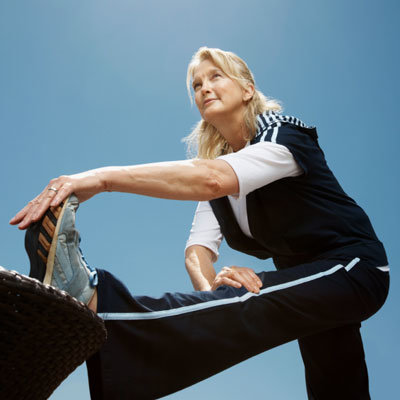
Your 50s+: Put the time in
Aim for 60 minutes of moderate exercise every day, says Jennifer Huberty, PhD, associate professor of physical activity and health promotion at the University of Nebraska at Omaha. If you’re time-crunched, 30 minutes a day of vigorous activity can do the trick, too. Also, do two to three strength-training sessions per week to help speed metabolism.
View as one page
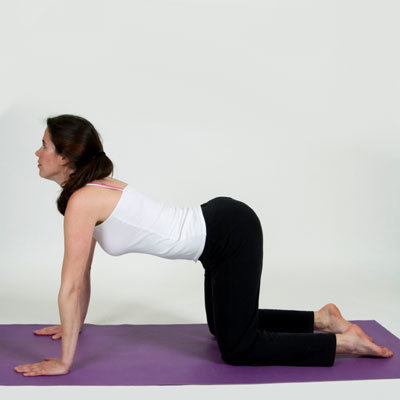
Your 50s+: Work the right ab muscles
While cardio workouts will help zap postmenopause belly fat, it’s also crucial to target those hard-to-hit deep, lower-ab muscles—where traditional crunches won’t reach, says Donald Hensrud, MD, medical editor in chief of The Mayo Clinic Diet.
To tone deep-ab muscles, he says, do this several times a week: Pull your navel in toward your spine while on all fours; do 10 rounds of holding for 10 seconds then resting for 10 seconds. For lower abs, he likes this move several times a week: Do 10 to 20 reps each of pelvic tilts and pelvic lifts while lying on the floor.
-
This Drink Will Melt Your Stomach
Many of you think that a banana is not something you should eat wh
-
Weight Loss Diet - A Plan That Really Works
Your weight loss diet helps your program to be successful. Your best
-
Diet and Nutrition
Diet and Nutrition is the main key facto
-
6 Fruits That Can Burn Fats
Pomegranate On the off chance that we let you know that pomegranat
-
How I Lost 10 Pounds With This Weird Lemon Diet in Just 2 Weeks
If you are constantly struggling to lose weight, then, you know th
-
Satisfying Snacks for Every Craving
V
- DON'T MISS
- A Detox Recipe to Cleanse Your Body and Burn Fat – Results After 7 Days
- Healthy Food Delivery Beats Packing on the Pounds
- Week 12: Back to the grind
- Healthy Holiday Eating Tips
- Healthy eating for a healthy body
- Do This One Thing Every Morning To Jump start Weight Loss!
- Does a Cereal Diet Work?
- Good Eating Habits
- Eat Carbs, Burn Fat
- Spark Solution Diet: What To Know
